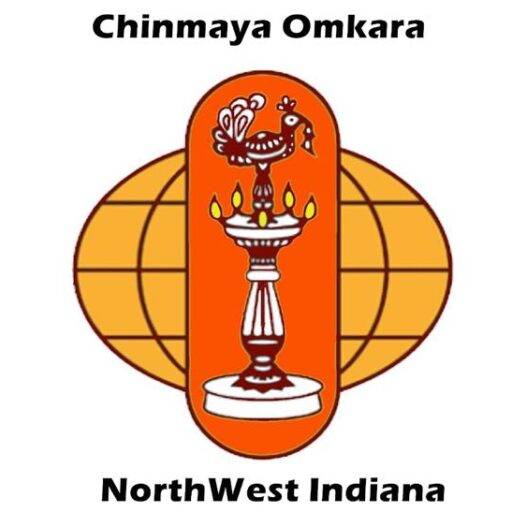Upanishad Course- Chapter 14
Upanishad Course- Chapter 14 Week 27 Upa means near, ni means with determination and Shad means destruction (to destroy all that you are not). We are the one that is indestructible (Akshara). For most of us, this feeling that we are indestructible is far. We know this intellectually but don’t feel it. Our Upanishad course is a form of Upasana (‘to sit near’). When we sit near someone, we come to see what they can see. In this class, we are doing upasana of Sw. Tejomayananda. He is the organizer of this course. He in turn offered his upasana to his Guru, Sw. Chinmayananda. Sw. Chinmayananda offered his upasana to his Guru, Sw. Tapovana. We are in the presence of these great masters and by being near them, we are readying ourselves to be enlightened and to let go what is weighing us down. Our mind should be described as being balanced, focused and reflective. Those who are successful in upasana, balance and focus is already part of their minds and they are ready to be reflective. What is stopping us from having such a mind? Our likes and dislikes! This transition to be rid of likes and dislikes happens through Ishta Guru and Ishta Deva. We are shifting our likes of a vacation, food, etc to liking their nama, rupa and guna. When we get immersed in the nama, rupa and guna of our ishta deva and Guru, we forget about ourselves. Kaivalya Upanishad: 1: 7: The one who is with Devi Uma (Shiva Shakti), the one who is Brahman, the one who is Bhagavan, the one whose guna is wisdom, the one who uses their might for mercy, the one who is unchanging. A muni (mananam sheelavan: one who has completed manana will engage in dhyana) is contemplating on existence, emergence. In their contemplation, they realize that they are existence, awareness, joy. One’s guide or Guru is one whose nature is Sadguna, virtuous. What they guide us to is Bhagavan. Bhagavan is Saguna and from there one starts to internalize the shastras which lead us to becoming Nirguna. This understanding that Guru, Bhagavan and shastras lead us to become Nirguna is Upasana. The way we can become ready for Upasana in the first place is through Karma Yoga, selflessness. Lesson 14: Nirguna means one without qualities, so there can be no representation of nirguna/infinity. Nirguna plus maya equals saguna. Since it is nearly impossible for us to jump to nirguna, our shastra have given us a game plan. We have to start with Sattva guna because it is closest to nirguna and is most like it. From there, that will evolve to Atita guna (beyond qualities). Navaratri represents the evolution of gunas to culminate in Vijaya where we feel Atma Rama. Rama is not historical personality but joy in this context. This lesson is specifically about Om Dhyana. We are referencing Mundaka Upanishad 2: 2: 4: Om is made up of four characters, A, U, M (three matras/sound) and the last one is Amatra or silence (silence is immeasurable). Pranava (Prakarshena=special nooyate= worship stuyate= whom is to be worshipped anena=instrument iti pranava) meaning Om is a special way to worship the Infinity. Om is a saguna way to worship the nirguna. Arrow is the jeeva that is being shot but it has to be sharpened/vigilant/careful for it to hit the mark. This can be achieved by Sadhana (discussed in the previous chapters). Infinity and individuality are antonyms. When the ego is engaged in Sadhana, one of the final means it uses is Om. With Om, it propels itself to the spirit, Individuality to Infinity. With no distraction, the mark should be hit and when the mark is hit, the arrow becomes one with the mark. If the arrow was sharp, it hits the target and becomes one with it. Similarly, the ego is purified with Sadhana and is directed towards the spirit, it becomes one with the spirit. Bhaja (from Bhaja Govindam) means to worship but the final meaning of Bhaja is ‘Being’, whatever we are worshipping, we become that. Om is a sound symbol and this sound should lead us to silence. Om is a Mahavakya and we should treat Om in a very precious way.
Upanishad Course- Chapter 14 Read More »

